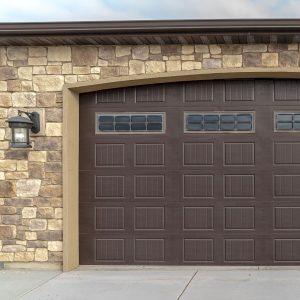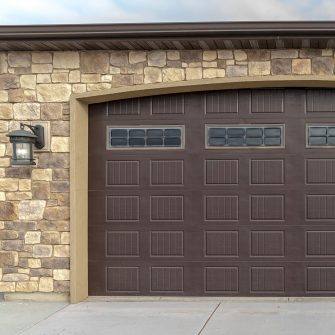
Garage Door Insulation: the Best Panels and Installation Methods
In the pursuit of a more energy-efficient home, have you considered the impact of your garage door insulation? Properly insulating your garage door not only enhances temperature regulation but can also lead to substantial energy savings. In this comprehensive guide, we’ll walk you through the ins and outs of garage door insulation. From selecting the best panels to mastering installation techniques, we’ve got you covered.
Why Opt for Garage Door Insulation?
- Temperature Comfort: Garage door insulation creates a buffer against outdoor temperatures, ensuring your garage remains comfortable year-round. This is especially crucial if you use your garage as a workspace or a storage area.
- Cost Savings: By installing quality insulation panels, you can minimize heat transfer between your garage and the outdoors. This translates to reduced reliance on heating and cooling systems, leading to lower energy bills.
- Preserving Belongings: Whether you store vehicles, tools, or other valuables, insulation prevents extreme temperature fluctuations that could potentially damage your possessions.
- Noise Reduction: Insulation acts as a barrier against sound, limiting both exterior noise entering your garage and interior noise escaping from it.
Types of Garage Door Insulation Panels
- Polystyrene Panels: These lightweight panels offer moderate insulation and are a cost-effective solution. They are relatively easy to install and come in various thicknesses.
- Polyurethane Foam Panels: Known for their high R-value (thermal resistance), polyurethane foam panels provide exceptional insulation. They fit snugly into door sections and add structural integrity to the door.
- Reflective Foil Panels: Ideal for reducing radiant heat transfer, these panels feature reflective surfaces that bounce heat away. They work well for garages with metal doors.
How to Install Garage Door Insulation
- Gather Tools and Materials: You’ll need insulation panels, adhesive, a utility knife, a straightedge, and safety gear.
- Measure and Cut: Measure the dimensions of your garage door panels and cut the insulation accordingly using a straightedge and utility knife.
- Apply Adhesive: Use adhesive designed for garage door insulation to attach the panels to the door’s interior.
- Secure the Edges: Ensure the edges of the panels are firmly secured to prevent sagging or movement.
- Add Finishing Touches: Once the insulation is in place, consider adding a reflective foil or radiant barrier for enhanced insulation and durability.
Important Note: Changes in Door Weight and Stability
Keep in mind that when using insulation, it may effect the total weight of your garage door. Changing the weight of your garage door may require torsion spring adjustment or replacement.
Selecting the Best Garage Door Insulation
- Consider Climate: Choose insulation with an appropriate R-value for your climate. Colder regions require higher R-values.
- Material Quality: Opt for insulation panels made from high-quality materials for better durability and performance.
- Installation Ease: If you’re planning a DIY installation, select insulation panels that are user-friendly and come with clear installation instructions.
- Aesthetics: Some insulation panels offer a finished look, enhancing the appearance of your garage door’s interior.
Garage door insulation unlocks energy efficiency and comfort. Every choice you make contributes to the overall insulation performance. By insulating your garage door, you’re investing in a cozier, more energy-efficient home that not only benefits your wallet but also improves your daily living experience.

